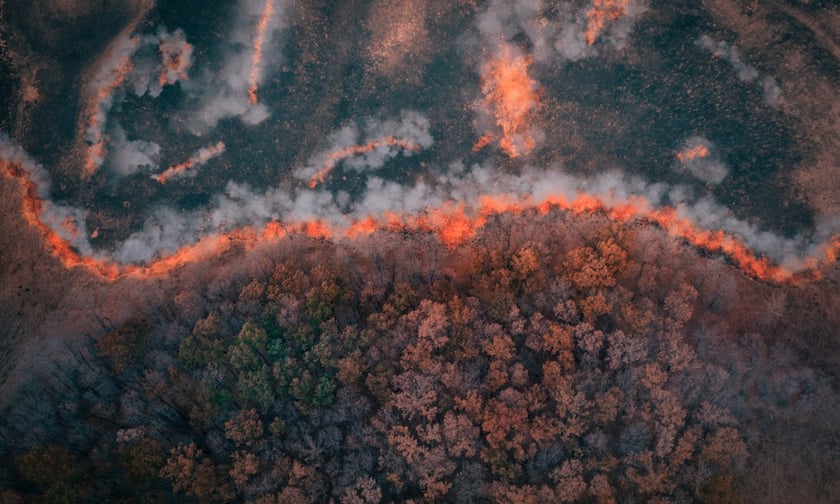

With the bushfire and flood season approaching, insurance brokers are calling on Australians to review their policies to ensure adequate protection.
Rising living costs, including increase in premiums, have left many households underinsured or lacking critical coverage for natural disasters.
The Disaster Response Legal Service (DRLS), operated by Legal Aid NSW, has reported that affordability challenges are a key reason why some policyholders choose lower levels of coverage or opt out of additional protections, such as flood insurance.
This trend, combined with increasing rebuilding costs, has widened the gap between what policies cover and the true cost of recovery after a disaster.
DRLS senior lawyer Liz Lehmann emphasised the importance of evaluating insurance coverage before disaster strikes.
Rising premiums and rebuilding costs mean many Australians may unknowingly be underinsured or excluded from coverage for specific risks.
“Price is a key factor when people choose insurance, and that sometimes means they don’t choose add-ons such as flood coverage or they may be taking out a lower level of cover,” she said.
She explained that reassessing insurance policies ahead of the disaster season ensures policyholders are informed about what their coverage includes and whether it meets their current needs, emphasising the importance of seeking broker advice.
The Australia Institute has pointed to climate change as a primary driver of escalating insurance premiums in Australia.
In 2022, insurers paid out more than $7 billion in claims following widespread flooding, a record-setting figure that contributed to a 14% rise in home insurance premiums – the largest annual increase in a decade.
In cities like Brisbane, insurance costs have grown more than five times faster than the Consumer Price Index (CPI) over recent decades. Melbourne, while less directly affected by severe climate events, has also seen premiums increase nearly threefold compared to the CPI.
These trends have placed additional pressure on household budgets, with one in 20 households now spending over seven weeks’ gross income on home insurance premiums.
A 2024 report by CSIRO and the Bureau of Meteorology (BoM) highlighted a range of climate-related factors likely to exacerbate risks for Australia’s insurance market.
Rising global temperatures, prolonged heat waves, fluctuating rainfall patterns, and increasing sea levels are expected to drive higher premiums and greater challenges for insurers.
